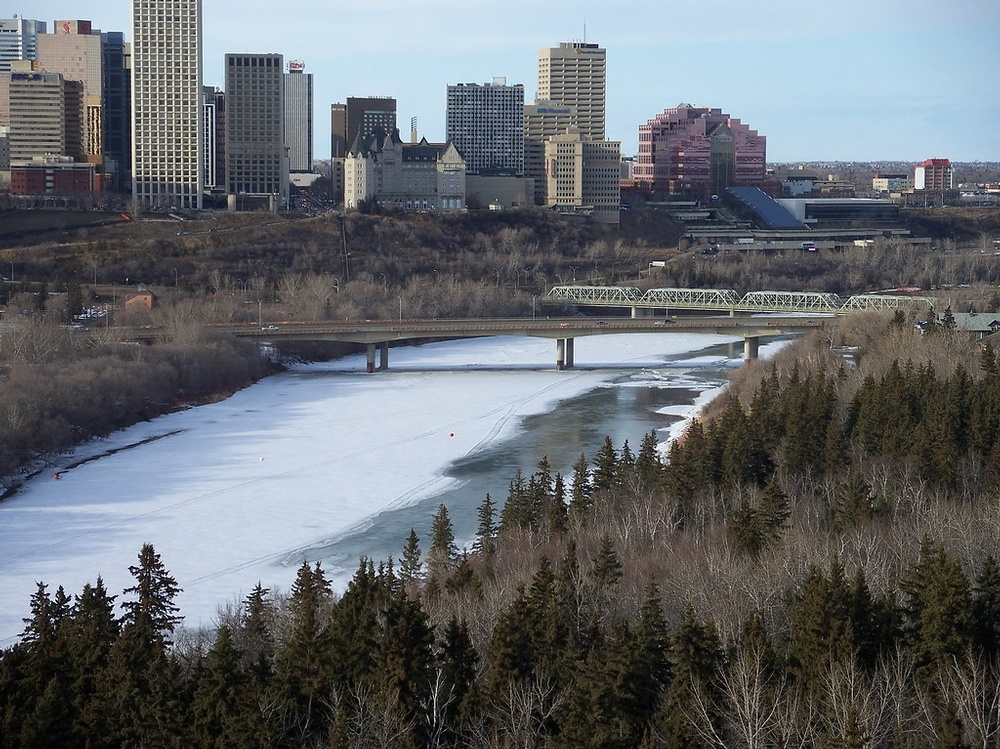Preparing Your Edmonton Home for the Snowmelt: Tips for a Smooth Transition

As winter gradually loosens its icy grip and the promise of spring hangs in the air, Edmontonians brace themselves for the annual ritual of snowmelt. While the thaw brings with it the anticipation of warmer days ahead, it also presents unique challenges for homeowners. From potential flooding to damage caused by melting snow and ice, preparing your home for the snowmelt is essential to ensure a smooth transition into the new season. Here are some helpful tips to help you safeguard your home and property during this time of year.
1. Clear Snow and Ice Buildup:
Before the snow begins to melt, take the time to clear any accumulated snow and ice from around your home. Shovel snow away from the foundation, walkways, and driveways to prevent water from seeping into your home as it melts. Pay special attention to areas where snow and ice may have piled up, such as roof overhangs and gutters, and remove any debris that could impede drainage.
2. Inspect and Clean Gutters:
Clogged gutters can lead to water backup and potential damage to your home's foundation, roof, and siding. Before the snowmelt begins, inspect your gutters and downspouts for any debris, such as leaves, twigs, or ice dams, and clean them out thoroughly. Ensure that downspouts are clear and directed away from your home's foundation to prevent water from pooling around the perimeter.
3. Check Sump Pump and Drainage Systems:
If your home is equipped with a sump pump or drainage system, now is the time to ensure that it is in good working order. Test your sump pump to ensure that it is functioning correctly and clear any debris from the sump pit. If you have a basement or crawl space, consider installing a backup sump pump or water alarm for added peace of mind in case of power outages or pump failure.
4. Seal Cracks and Gaps:
Inspect the exterior of your home for any cracks, gaps, or openings where water could penetrate once the snow begins to melt. Seal any cracks in the foundation, walls, or windows with caulk or weatherstripping to prevent water infiltration and potential damage to your home's structure. Pay attention to areas where pipes, vents, and utility lines enter your home and seal any gaps or openings around them.
5. Elevate Belongings and Appliances:
If you have items stored in basements or low-lying areas of your home, consider elevating them off the ground or moving them to higher ground to prevent water damage in the event of flooding. Similarly, elevate appliances such as furnaces, water heaters, and electrical panels to minimize the risk of damage from standing water.
6. Monitor Water Levels and Drainage:
Keep an eye on water levels around your property as the snow begins to melt and monitor drainage systems to ensure that water is flowing away from your home as intended. If you notice any signs of water pooling or drainage issues, take action promptly to address the problem and prevent potential damage.
By taking proactive steps to prepare your home for the snowmelt, you can minimize the risk of water damage and ensure a smooth transition into the spring season. From clearing snow and ice buildup to inspecting gutters and sealing cracks, these simple yet effective measures will help safeguard your home and property against the challenges of melting snow in Edmonton. So, roll up your sleeves, grab your tools, and get ready to welcome the thaw with confidence!